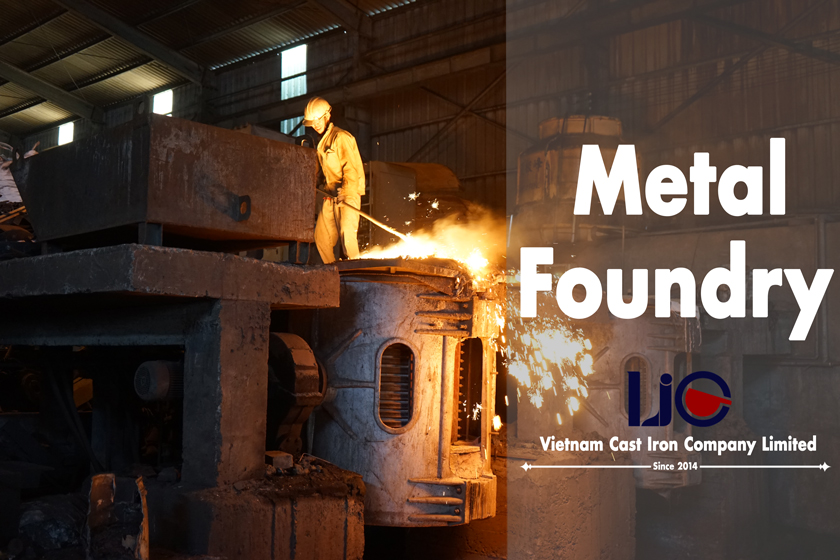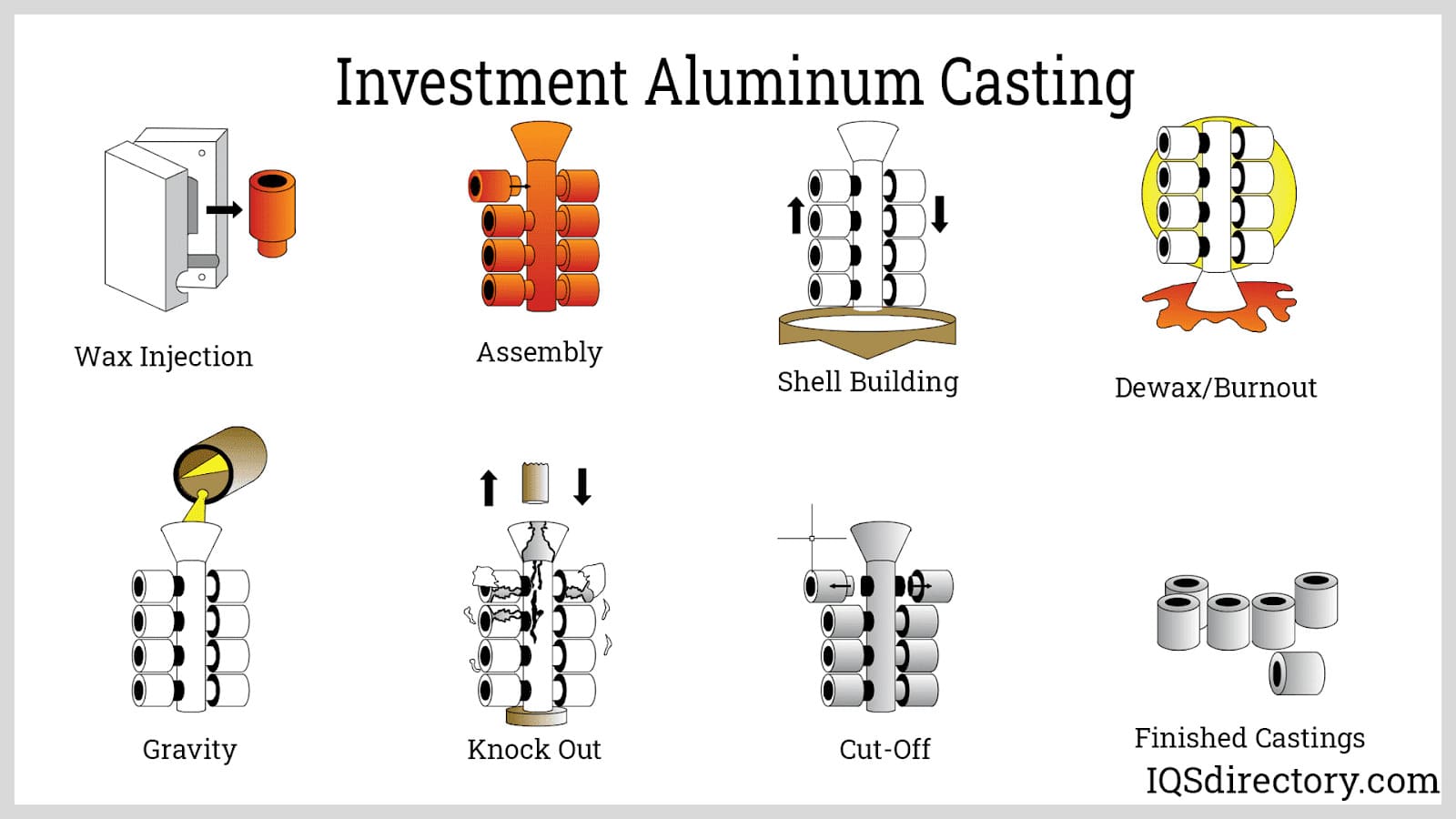Unknown Facts About Aluminum Castings Company
Table of ContentsOur Aluminum Castings Company IdeasThe 30-Second Trick For Aluminum Castings CompanyExamine This Report about Aluminum Castings CompanyThings about Aluminum Castings CompanyUnknown Facts About Aluminum Castings CompanyThe smart Trick of Aluminum Castings Company That Nobody is DiscussingSome Ideas on Aluminum Castings Company You Should KnowNot known Facts About Aluminum Castings Company
There are two primary types of die spreading made use of in the light weight aluminum casting sector: hot chamber die casting and chilly chamber die spreading. The key difference between these methods is just how the molten steel is supplied to the mold. In hot chamber die spreading, generally utilized for lower melting factor metals, the fusion is directly connected to the machine, and a bettor forces the product with a gooseneck right into the die tooth cavity.
The Single Strategy To Use For Aluminum Castings Company
In these methods, the mold is deliberately ruined or escaped in order to draw out the finished aluminum spreading. Common procedures under the group of expendable mold spreading include (investment casting),,, and financial investment spreading. When producing customized aluminum components making use of expendable mold and mildews, manufacturers pour liquified light weight aluminum or aluminum alloys right into the mold and mildew, which is then busted apart to release the solidified steel part.
The is among the oldest and most commonly used forms of light weight aluminum casting. It involves compacting specialty factory sand, often enhanced with clay or resin, around a specifically crafted multiple-use pattern that identifies the shape and internal information of the finished light weight aluminum product. The pattern system includes risers and vents to manage the circulation of liquified metal and to stop casting problems such as contraction porosity.
How Aluminum Castings Company can Save You Time, Stress, and Money.

This mold and mildew is then preheated before the putting of molten aluminum or light weight aluminum alloy. As the metal fills up the shell, it records the detailed details and fine surface area finish of the mold and mildew. When cooled, the ceramic is mechanically or chemically escaped, permitting the elimination and separation of individual cast components.
Aluminum Castings Company - An Overview
Permanent mold spreading makes use of multiple-use metal mold and mildews and is ideal for automation with regular quality and much less waste. Expendable mold and mildew spreading makes use of single-use molds, like sand or foam, providing design adaptability and lower tooling prices for models or short runs. Die spreading is best for producing high quantities of aluminum components that call for tight resistances, fine details, and smooth surfaces.
The Carat weight features sophisticated control systems for exact process management, including automatic ladling, real-time quality control, and energy-efficient procedure. The Toshiba Device DC-J Series includes die casting devices ideal for light weight aluminum. Understood for their robust building and high injection performance, these makers guarantee effective and precise spreading. They feature sophisticated hydraulic and control systems for regular high quality, together with real-time monitoring, automatic lubrication, and straightforward programming interfaces.

While aluminum can be used in its pure type, it is commonly alloyed with various other metals to improve its homes or the residential or commercial properties of the other steels. These alloys provide boosted performance for various applications. Aluminum alloys are classified into eight collection, phoned number from one to eight. The first figure(s) of the number show the primary alloying component incorporated with aluminum.
The 7-Second Trick For Aluminum Castings Company
This alloying enhances the stamina and hardness of light weight aluminum yet decreases its ductility and rust resistance. The 3000 series alloys are largely alloyed with manganese.
The 4000 series alloys are alloyed with silicon, which reduces the melting point and boosts fluidity. This makes it a prominent option for spreading, as it is simple to create in its liquified state.
Examine This Report about Aluminum Castings Company
This collection is identified as a high-strength alloy, particularly suited for sheet and plate applications as a result of its exceptional weldability. Its resistance to rust from acids and antacid makes it ideal for use in extreme and hostile atmospheres (Metal Foundry). The 6000 series alloys are alloyed with both magnesium and silicon, supplying an equilibrium of stamina, mechanical properties, and rust resistance
Processing the 6000 series calls for specialized and sophisticated equipment, which can be complicated and expensive. This series is known for its superb rust and oxidation resistance, as well as this page its ease of finish, treatment, and workability. The 7000 series light weight aluminum alloys are the strongest and most resilient amongst light weight aluminum kinds, with stamina equivalent to around two-thirds of industrial-grade A3 steel.
Aluminum Castings Company Fundamentals Explained
Zinc is the main alloying aspect in the 7000 series, boosting the firmness of the aluminum, although zinc's solidity is comparable to that of light weight aluminum on the Mohs scale. The 8000 collection aluminum alloys are mainly alloyed with tin, in addition to percentages of copper and nickel (Core Making). While these alloys supply lower strength contrasted to other collection, they master machinability and use resistance
Aluminum cast heatsinks are electrically conductive, permitting them to be grounded effectively. They are usually cast with incorporated functions that lessen the demand for secondary procedures, such as extra machining or assembly, resulting in additional expense savings. Aluminum casting is often utilized to manufacture brackets for both heavy-duty industrial tools and house devices.
Some Of Aluminum Castings Company
The single-piece building of light weight aluminum braces improves their stamina and sturdiness, reducing the possibility of failure. If openings are required, they can be consisted of directly in the casting mold, reducing the need for post-production completing (https://www.tripadvisor.com/Profile/alumnmcstngs). Suppliers have actually significantly taken on light weight aluminum casting for golf equipment because of its longevity, stability, and flexibility in shaping